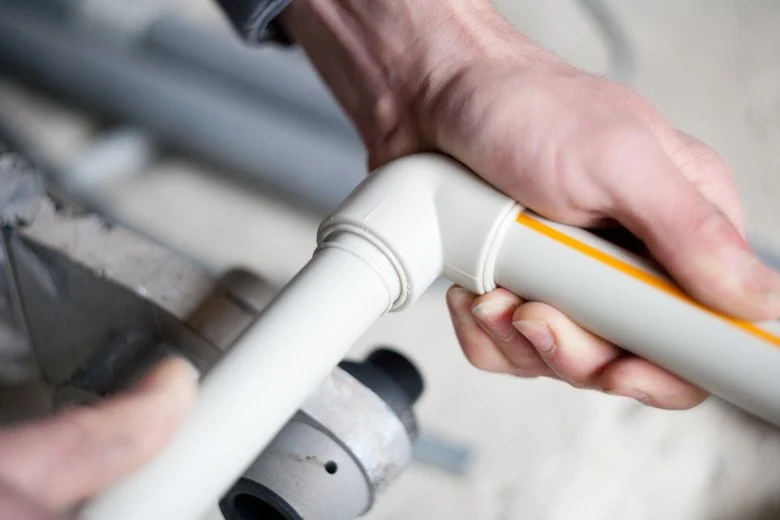
How to Replace a Plastic Pipe Fitting That Fails
Replacing a faulty plastic pipe fitting can seem like a daunting task, but with the right tools and knowledge, you can handle it yourself. In this guide, we'll walk you through the steps for replacing a broken or leaking plastic pipe fitting in your home. Whether you're dealing with a PVC, CPVC, or PEX fitting, this article will provide you with the necessary information to complete the repair successfully.
- 1. Why Pipe Fittings Fail
- 2. Tools Needed for the Job
- 3. Step-by-Step Guide to Replacing a Plastic Pipe Fitting
- 4. Common Mistakes to Avoid When Replacing Pipe Fittings
- 5. When to Call a Professional
1. Why Pipe Fittings Fail
Plastic pipe fittings can fail for a variety of reasons. Common causes include:
- Age and Wear: Over time, plastic fittings can degrade due to exposure to heat, pressure, and chemicals. They may become brittle and crack, leading to leaks.
- Improper Installation: If a fitting was not installed correctly, such as being overtightened or misaligned, it could fail prematurely.
- Freezing Temperatures: Water in pipes can freeze during winter, causing the pipe and fittings to expand and crack.
2. Tools Needed for the Job
To replace a plastic pipe fitting, you'll need a few basic tools:
- Pipe Cutter: A tool designed to make clean cuts on plastic pipes.
- Pipe Wrench: This is used for loosening or tightening fittings.
- Deburring Tool: To remove any rough edges from the cut pipe.
- New Fitting: Ensure that the new fitting is the correct size and material for your plumbing system.
- Primer and Cement (for PVC/CPVC): Used to bond plastic pipes and fittings securely.
3. Step-by-Step Guide to Replacing a Plastic Pipe Fitting
Follow these steps to replace a broken plastic pipe fitting:
- Turn Off the Water Supply: Before starting any work, make sure to turn off the water supply to prevent any flooding or further damage.
- Cut the Damaged Pipe: Use a pipe cutter to remove the damaged section of pipe, ensuring a clean cut.
- Deburr the Edges: After cutting, use a deburring tool to smooth the rough edges of the pipe. This helps the new fitting seal properly.
- Apply Primer and Cement: For PVC or CPVC pipes, apply primer to the outside of the pipe and the inside of the fitting. Then apply the cement and quickly push the fitting onto the pipe, holding it in place for a few seconds to allow the bond to set.
- Reattach the Pipe: If your fitting requires threading or a compression joint, reattach the pipe by tightening it with a pipe wrench.
- Test for Leaks: Turn the water supply back on and check for any leaks around the newly installed fitting. If you notice any, tighten the fitting further or reapply cement.
4. Common Mistakes to Avoid When Replacing Pipe Fittings
While replacing a plastic pipe fitting is relatively simple, it's easy to make mistakes. Here are some common errors to avoid:
- Not Measuring the Pipe Properly: Make sure the new fitting matches the size and type of your existing pipe. Measure twice, cut once!
- Skipping the Deburring Step: Failing to remove burrs from the pipe after cutting can lead to improper sealing and leaks.
- Not Allowing Enough Drying Time: When using primer and cement, be sure to follow the manufacturer's instructions on drying times to ensure a strong bond.
- Over-tightening Fittings: Tightening too much can damage the pipe and fitting, causing leaks.
5. When to Call a Professional
In some cases, it’s better to call a professional plumber rather than attempting to replace the fitting yourself. Here are a few situations when you should consider professional help:
- Complex Plumbing Systems: If you're dealing with a complex plumbing system or multiple leaks, it's best to have a professional assess the situation.
- Inability to Stop the Leak: If you can't stop the leak or if the fitting continues to fail, professional expertise may be needed.
- Older Plumbing Systems: Older pipes may be harder to repair, and a professional will have the necessary tools and experience to handle these issues.
By following these steps and tips, you can replace a faulty plastic pipe fitting with confidence. If you're ever unsure about handling the repair yourself, don't hesitate to consult a professional plumber for advice and assistance. Visit Plumbers Supply Hub for the best plumbing supplies, tools, and expert advice to help with all your plumbing needs.

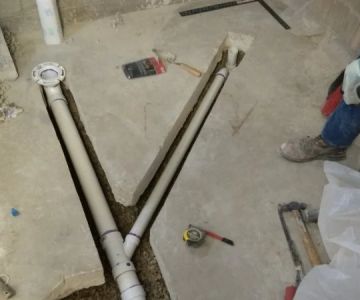
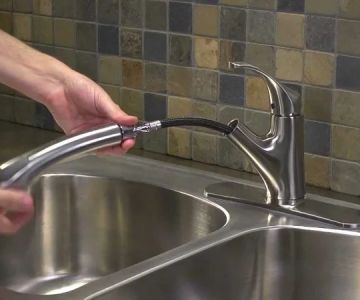



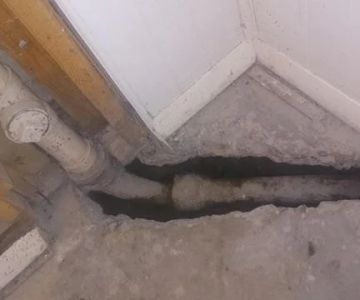
 Oakland Plumbing LLC5.0 (17 reviews)
Oakland Plumbing LLC5.0 (17 reviews) Midwest Plumbing & Service4.0 (7 reviews)
Midwest Plumbing & Service4.0 (7 reviews) Moberly Plumbing4.0 (117 reviews)
Moberly Plumbing4.0 (117 reviews)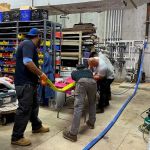 American Trenchless Technologies4.0 (8 reviews)
American Trenchless Technologies4.0 (8 reviews) Tony's Plumbing3.0 (12 reviews)
Tony's Plumbing3.0 (12 reviews)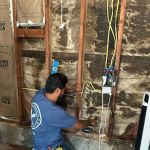 Socal Plumbing Co5.0 (5 reviews)
Socal Plumbing Co5.0 (5 reviews) How to Repair a Hairball Clog Without Harsh Chemicals
How to Repair a Hairball Clog Without Harsh Chemicals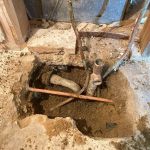 How to Repair a Junction That Is Leaking Under Slab: A Comprehensive Guide
How to Repair a Junction That Is Leaking Under Slab: A Comprehensive Guide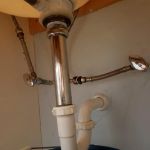 How to Replace a Sink Overflow Tube: A Complete Step-by-Step Guide
How to Replace a Sink Overflow Tube: A Complete Step-by-Step Guide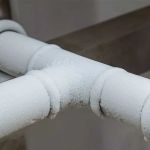 What Causes Frozen Pipes and How You Can Prevent It - Expert Tips
What Causes Frozen Pipes and How You Can Prevent It - Expert Tips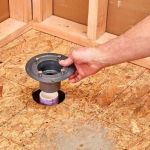 How to Replace a Shower Niche Drain: Step-by-Step Guide for Homeowners
How to Replace a Shower Niche Drain: Step-by-Step Guide for Homeowners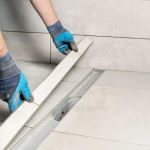 How to Replace an In-Wall Shower Drain: Step-by-Step Guide
How to Replace an In-Wall Shower Drain: Step-by-Step Guide